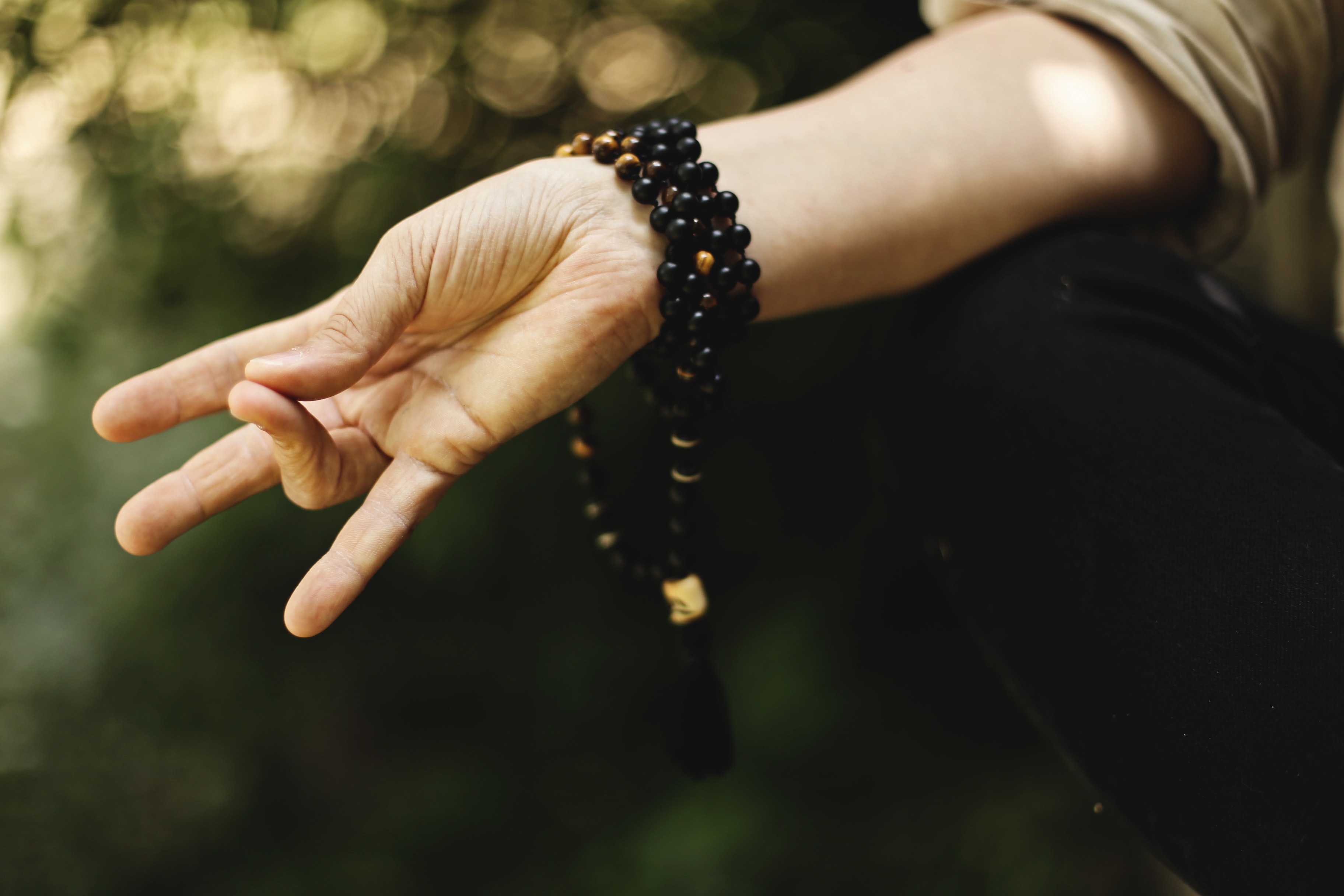75, 1 Main, Thyagaraja Nagar, Bangalore, Karnataka, 560028
+91 792-545-2949
Mon - Fri: 6:30am - 07:45pm
75, 1 Main, Thyagaraja Nagar, Bangalore, Karnataka, 560028
+91 792-545-2949
Mon - Fri: 6:30am - 07:45pm

A mudra (/muˈdrɑː/ (About this soundlisten); Sanskrit: मुद्रा, IAST: mudrā, "seal", "mark", or "gesture"; Tibetan: ཕྱག་རྒྱ་, THL: chakgya,) is a symbolic or ritual gesture or pose in Hinduism, Jainism and Buddhism. While some mudras involve the entire body, most are performed with the hands and fingers.
As well as being spiritual gestures employed in the iconography and spiritual practice of Indian religions, mudras have meaning in many forms of Indian dance, and yoga. The range of mudras used in each field (and religion) differs, but with some overlap. In addition, many of the Buddhist mudras are used outside South Asia, and have developed different local forms elsewhere.
In hatha yoga, mudras are used in conjunction with pranayama (yogic breathing exercises), generally while in a seated posture, to stimulate different parts of the body involved with breathing and to affect the flow of prana. It is also associated with bindu, bodhicitta, amrita, or consciousness in the body. Unlike older tantric mudras, hatha yogic mudras are generally internal actions, involving the pelvic floor, diaphragm, throat, eyes, tongue, anus, genitals, abdomen, and other parts of the body. Examples of this diversity of mudras are Mula Bandha, Mahamudra, Viparita Karani, Khecarī mudrā, and Vajroli mudra. These expanded in number from 3 in the Amritasiddhi, to 25 in the Gheranda Samhita, with a classical set of ten arising in the Hatha Yoga Pradipika.